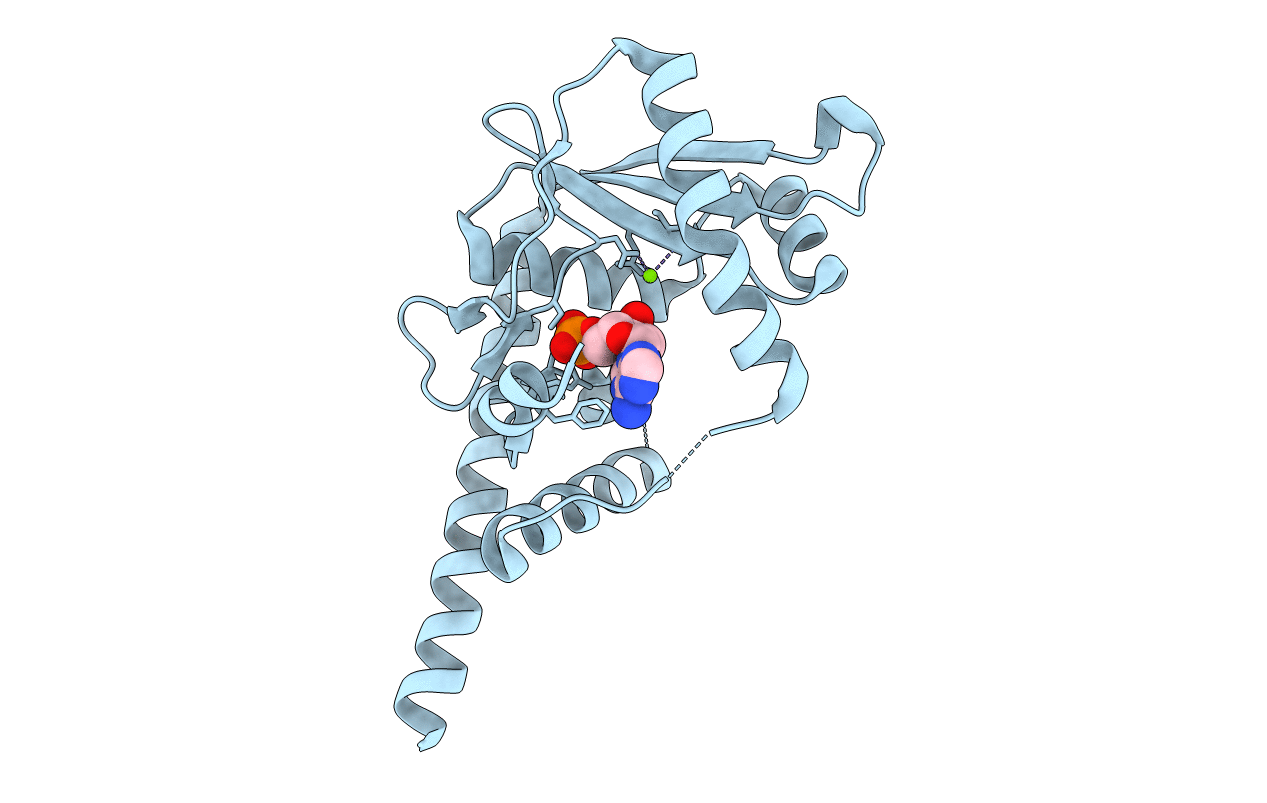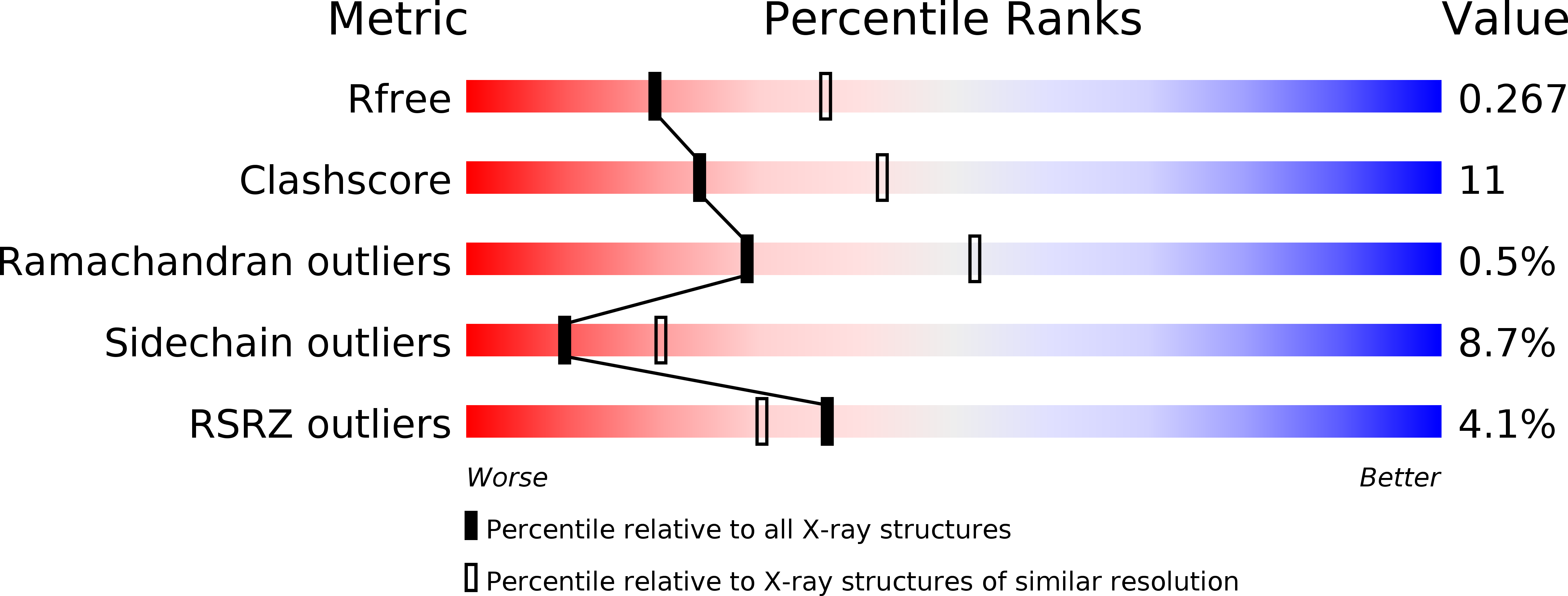
Deposition Date
2011-07-18
Release Date
2012-02-15
Last Version Date
2023-11-01
Entry Detail
Biological Source:
Source Organism:
Laribacter hongkongensis (Taxon ID: 557598)
Host Organism:
Method Details:
Experimental Method:
Resolution:
2.59 Å
R-Value Free:
0.26
R-Value Work:
0.20
R-Value Observed:
0.21
Space Group:
P 63


